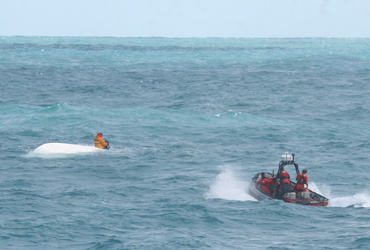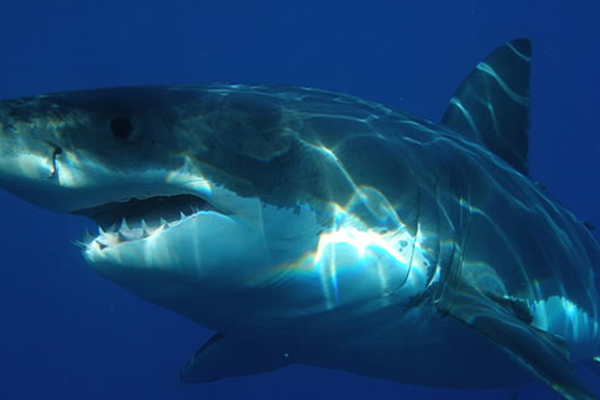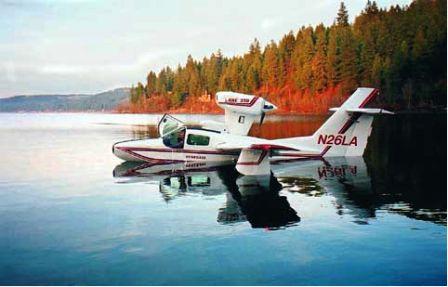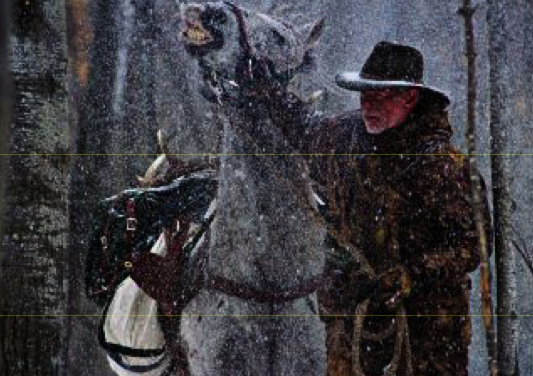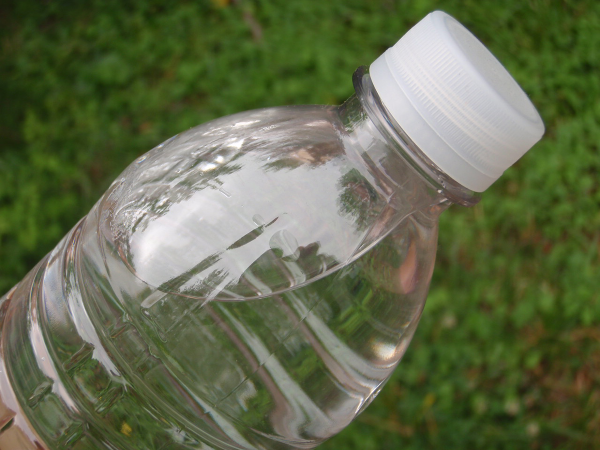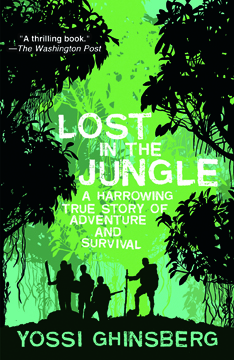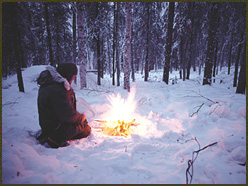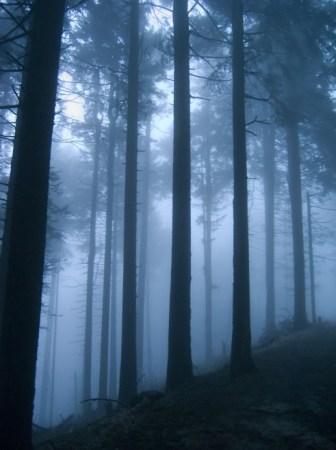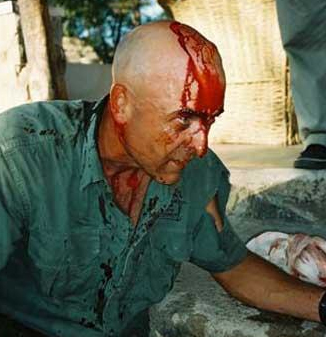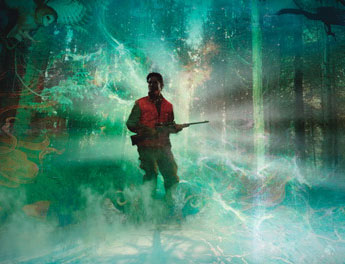What Would You Do?
The day is hot, your throat is as dry as dust and the water in the creek looks inviting. It’s going to be a long, hot climb out of the canyon, and you desperately want a drink. But you suspect that the water might not be pure. What do you do?
A. Drink with your lips closed tightly to screen out any impurities in the water.
B. Soak up water with your shirt, then wring it into your mouth. The cloth will filter contaminants.
C. Drink from a place where the water tumbles over the rocks because the aeration purifies the water.
D. Don’t drink. Find some shade and wait until the sun is low before hiking out of the canyon.
ANSWER:
The answer is D. Creek water can contain bacteria called giardia and cryptosporidium. These can make you very ill, and they can’t be filtered out by tight lips or clothing; nor are they eliminated by the aeration of roily water. Only boiling, chemical action or low-micron-level filtration will make the water safe to drink. The best you can do in this situation is to conserve your body fluids by resting in the shade until the day cools. Then hike slowly to avoid dehydration. Even though you really want a drink, you are probably not in a serious dehydration survival situation if you’ve spent no more than one hot morning fishing on the stream. Next time, carry a personal water supply, and take along a water-purification filter as part of your survival kit.


